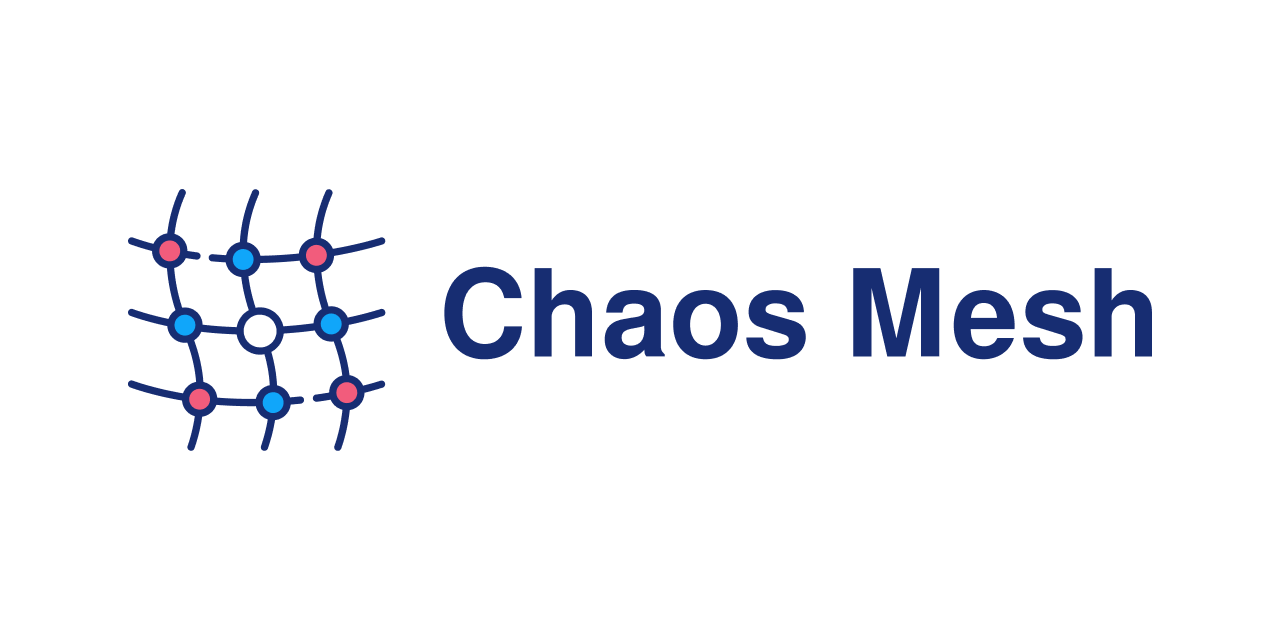When ships are built, engineers don’t wait for a real storm to test their strength—they simulate one. They deliberately create turbulence, push the vessel to its limits, and observe where it bends or breaks. In the same spirit, modern cloud systems rely on chaos engineering, a practice of introducing controlled failures to ensure reliability. One of the most powerful tools for this purpose in Kubernetes environments is Chaos Mesh, designed to inject faults, validate resilience, and uncover vulnerabilities before they strike in production.
The Concept of Controlled Chaos
In technology, perfection is a myth. Distributed systems—especially Kubernetes clusters—comprise numerous moving parts. Containers, nodes, APIs, and networks interact constantly, and even a minor failure can ripple into large-scale disruption.
Chaos Mesh acts like a stress-testing gym for Kubernetes. It doesn’t break the system randomly; instead, it introduces failures scientifically—such as network delays, pod failures, or CPU spikes—to test how well the system recovers. By orchestrating these experiments, engineers build confidence that their applications can withstand real-world shocks.
For professionals aiming to master such complex system behaviours, enrolling in a DevOps training in Chennai can be a game-changer. It introduces learners to the principles of resilience engineering and provides hands-on exposure to Kubernetes fault injection tools like Chaos Mesh.
Kubernetes: The Perfect Playground for Chaos
Kubernetes represents the new frontier of scalable, containerised application management. But with great power comes great complexity. Multiple microservices communicate over dynamic networks, and failures are inevitable.
Chaos Mesh integrates seamlessly with Kubernetes, letting developers simulate chaos without disrupting actual production workloads. It provides a declarative way to define failure scenarios—just as Kubernetes itself defines deployments or services. This harmony makes it possible to run fault injection experiments as part of CI/CD pipelines.
Imagine simulating a scenario where a database pod suddenly restarts or network latency doubles. Observing how your application handles such situations reveals whether your system architecture truly aligns with the principles of high availability.
Building Resilience Through Experiments
The heart of Chaos Mesh lies in its experiments. These can range from simple pod deletions to complex network or I/O faults. Each experiment is defined using YAML files, describing what kind of chaos to inject, how long it should last, and what conditions trigger it.
Engineers can gradually increase the intensity of these tests—much like incrementally increasing weights during a workout. Over time, systems become more robust, self-healing mechanisms improve, and monitoring alerts become more meaningful.
A structured DevOps training in Chennai often includes modules on chaos engineering, teaching not just how to implement tools like Chaos Mesh, but also how to interpret results and improve system design based on real test outcomes.
Integrating Chaos Mesh Into CI/CD Pipelines
Chaos engineering isn’t just about creating mayhem—it’s about creating reliability through automation. Integrating Chaos Mesh into CI/CD workflows ensures resilience checks happen continuously.
For example, after each code deployment, automated chaos tests can simulate a node crash or API latency to confirm the system still performs as expected. If the system fails to recover, the pipeline halts, preventing fragile updates from reaching production.
This proactive approach transforms failure from an unpredictable event into a controlled learning exercise, strengthening overall delivery confidence.
Observability: Seeing the Impact of Chaos
Injecting faults without visibility is like conducting a blind experiment. Hence, observability tools like Prometheus, Grafana, or Jaeger play a vital role when using Chaos Mesh.
These tools provide real-time metrics, helping teams observe latency spikes, dropped connections, or slow recoveries. By analysing this data, developers can identify bottlenecks, resource misallocations, or code inefficiencies.
The combination of Chaos Mesh and observability closes the loop between testing and learning—allowing continuous feedback and incremental improvements in resilience strategies.
Conclusion
In today’s world of microservices and distributed architectures, resilience isn’t a luxury—it’s a necessity. Chaos Mesh enables teams to cultivate this resilience by safely experimenting with failure, validating assumptions, and fortifying systems before they face real-world stress.
DevOps professionals who understand the value of controlled chaos are better equipped to build fault-tolerant infrastructures that don’t just survive but thrive in unpredictable environments.
By blending theoretical knowledge with practical tools like Chaos Mesh and through continuous learning, such as advanced DevOps programmes, teams can ensure that when the next digital storm hits, their systems will remain steady, sailing confidently through the chaos.





